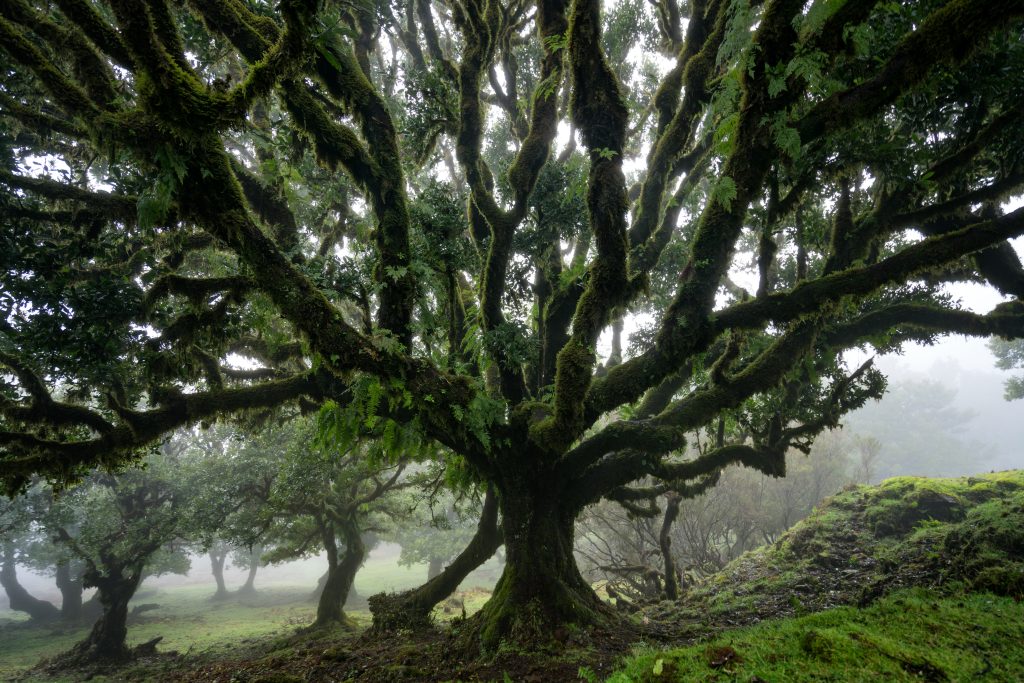Throughout human history, trees have stood as silent witnesses to the passage of time, weathering centuries, even millennia, to become powerful symbols of endurance, wisdom, and connection to nature. These ancient trees not only offer environmental benefits but also hold a special place in our cultural, spiritual, and historical narratives.
Trees in early civilisations
Ancient civilisations often revered trees, viewing them as sacred and essential for life. For example, the ancient Egyptians saw the sycamore as the tree of life, connecting the world of the living and the dead. The Greeks believed that certain trees, like olive trees, were gifts from the gods and used them for food and oil. Some olive trees from that era are still alive today, reminding us of the long history of human dependence on trees.

Famous ancient trees
Some trees around the world have become famous for their age, size, or historical importance. Here are a few examples:
- The Olive Tree of Vouves – Located on the island of Crete, this ancient olive tree is estimated to be over 2,000 years old, making it one of the oldest known trees still producing olives. Its age connects it to the time of ancient Greek civilisation, reminding us of the continuity of human history.
- The Bristlecone Pines – The oldest known living trees, bristlecone pines in California’s White Mountains are nearly 5,000 years old. Some of these trees were already ancient when the Pyramids of Egypt were being built. Their twisted, weathered forms evoke the harsh environments they have survived, earning them a reputation as symbols of resilience.
- The Jaya Sri Maha Bodhi – This sacred fig tree in Sri Lanka is believed to be over 2,300 years old and is one of the most revered trees in the world. According to legend, it was grown from a cutting of the tree under which Buddha attained enlightenment. For Buddhists, it represents peace, spirituality, and wisdom.
- The Chestnut Tree of One Hundred Horses – Located in Sicily near Mount Etna, this ancient chestnut tree is estimated to be between 2,000 to 4,000 years old. According to legend, it once sheltered an entire company of 100 knights and their horses during a storm, making it a symbol of protection and endurance.
Environmental legacy and modern importance
Today, ancient trees remind us of the delicate balance between nature and human activity. Many old-growth forests have been lost to deforestation, and with them, countless ancient trees that could have offered insights into past ecosystems. The protection of these living monuments is crucial, not only for preserving biodiversity but also for maintaining a link to our ancestors and the history they shared with nature.
In a world facing the impacts of climate change and environmental degradation, ancient trees provide a reminder of nature’s resilience, even as they require protection themselves. Conservation efforts to protect ancient forests are essential, as these trees play a vital role in absorbing carbon dioxide, regulating climate, and supporting a wide range of wildlife.
To conclude, ancient trees are more than just towering pillars of wood and leaves. They are storytellers, carrying within them the history of the earth and humanity. Whether revered as symbols of faith, sources of sustenance, or monuments to time itself, they continue to inspire awe and wonder in the modern world, reminding us to respect and preserve the natural world around us.
